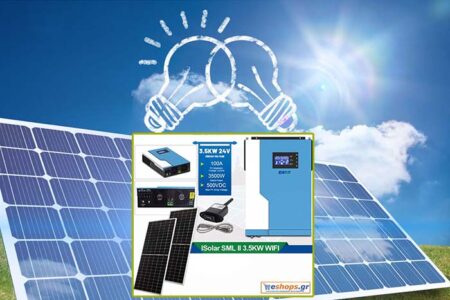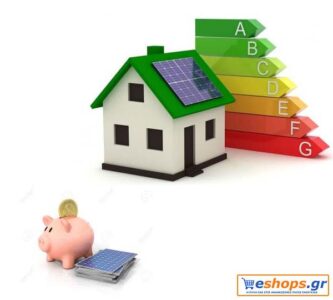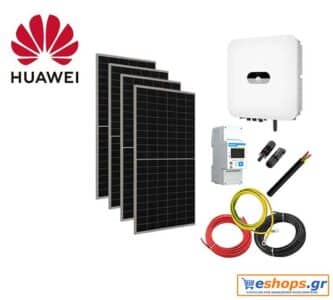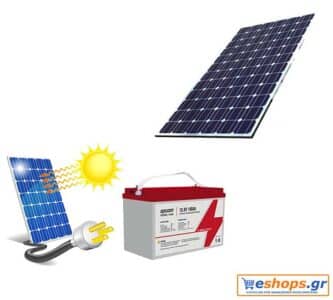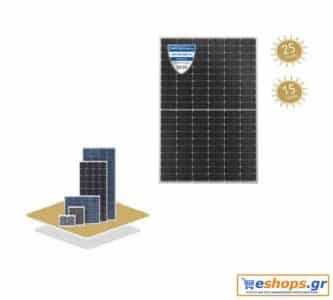Perovskite cell with 23,93% efficiency through new processing
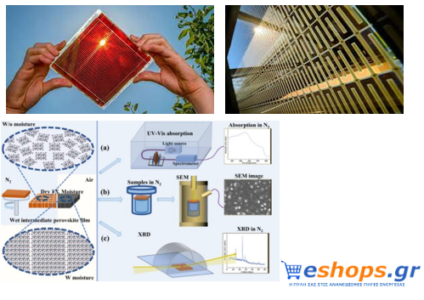
perovskite, photovoltaic, energy, panel, new technology
Scientists from China have developed a controlled moisture treatment for perovskite films that is reportedly capable of promoting the mass transport of organic salts. The films were used to fabricate a 0,2 cm2 perovskite solar cell that was able to retain 80% of its initial efficiency after 1200 hours.
A team of scientists from Huaqiao University in China investigated the effects of air humidity on intermediate and final perovskite films in solar cells and proposed the use of a controlled humidity treatment consisting of a series of nitrogen (N 2 ) shielded characterization techniques.
"Many previous reports claimed that moisture could penetrate the bulk of the perovskite film, destroy the organic-inorganic interactions and generate the unwanted lead(II) iodide (PbI 2 ), resulting in the loss of photovoltaic properties," they explained. “The disruptive effect of H 2 O on the perovskite was attributed to the irreversible hydration process, which led to the degradation of the perovskite to (PbI 2 .). However, when the dose of H 2 O was low, this hydration process was reversible and the hydrated product could dehydrate spontaneously in a dry atmosphere.
The researchers analyzed the effects of humidity by protecting and characterizing the metastable perovskite samples with various chambers filled with N 2 . They investigated, in particular, the evolution of liquid perovskite films before and after moisture treatment by UV-vis spectroscopy (UV-vis), steady-state photoluminescence (PL), X-ray photoelectron spectroscopy (XPS), X-ray diffraction ( XRD), scanning electron microscopy (SEM), nuclear magnetic resonance (NMR), and thermogravimetric analysis (TGA).
"We found that the fluidized film can trigger the quasi-solid-solid reaction between organic salts and PbI 2 , realizing a rapid homogeneous distribution of the PbI 2 -organic salt complex," they stated. "Consequently, the resulting films exhibited a more homogeneous perovskite phase with larger crystal grains and higher crystallinity."
Perovskite with 23,93% yield
They built one solar cell 0,2 cm2 with perovskite films fabricated via a two-step sequential deposition process and obtained the PbI2 films by spin-coating the PbI2 solution onto substrates made of indium tin oxide and tin oxide (ITO/SnO 2 ). The cell was based on a Spiro-OMeTAD precursor. Its performance and stability were tested under 100 mW cm −2 illumination. "Ultimately, we obtained a power conversion efficiency approaching 24% (23,93%) with improved open-circuit voltage and fill factor," they pointed out. "Furthermore, the corresponding device can remain above 80% of the original efficiency after continuous sunlight illumination for over 1200 hours, demonstrating robust operational stability."
































